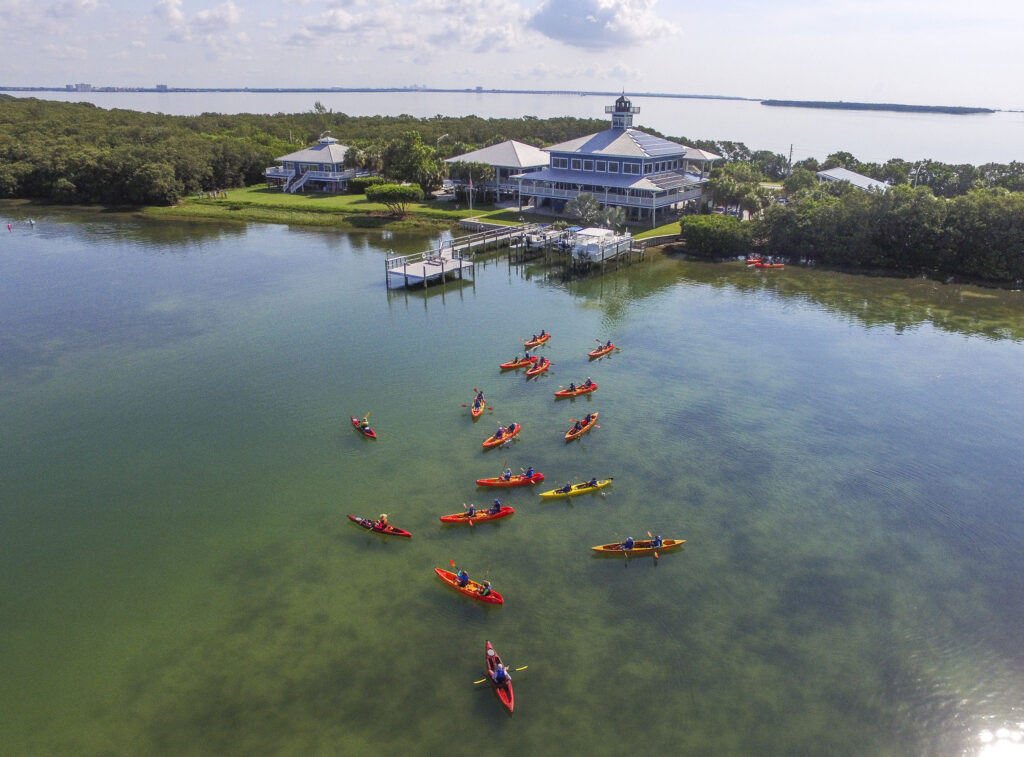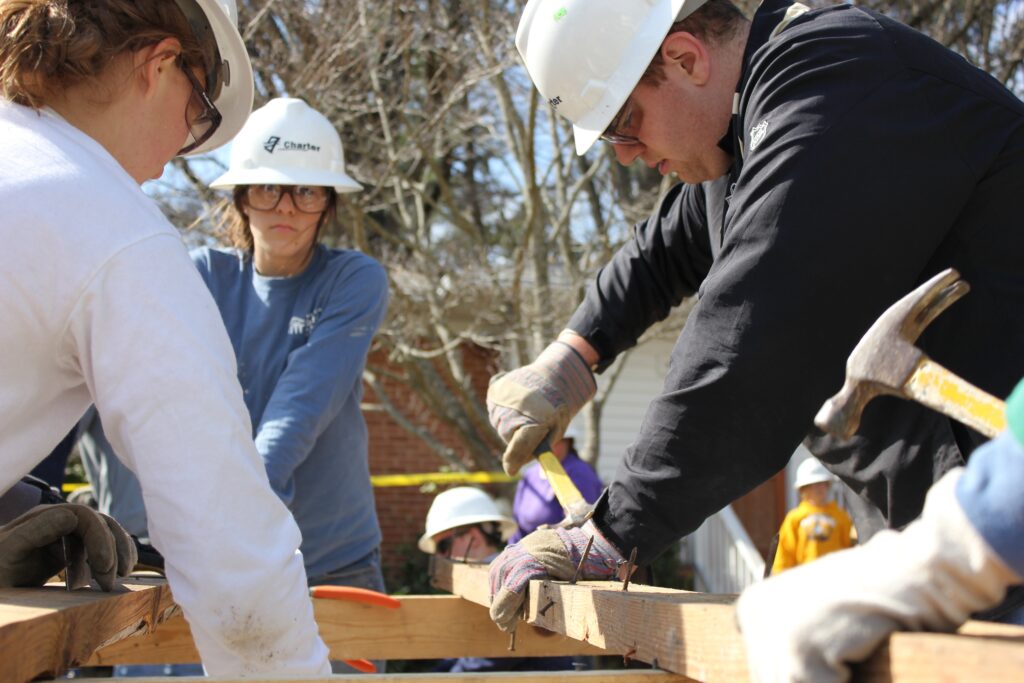Planning a trip is a big deal — and a big time commitment, too. We tend to invest a lot of time thinking about and researching the places we plan to visit on spring break trips, weekend getaways, and summer vacations. If we’re honest, though, are we mostly thinking about those destinations in relation to our vacation bucket lists and the experiences we can have there? While there’s nothing wrong with that, a quick conversation or simple Google search can shed light on how heavily dependent so many places are on seasonal travel. Just a few tweaks to your travel planning can make a big difference to the local economies and livelihoods of the people living in the places you visit. What if our vacations can be an investment in more than our own relaxation and diversions?
There’s so much to love about this time of year around the United States. And if you’re still looking for ideas for a break to remember — and one that gives back to the place you’re visiting, too — the way you approach your planning can go a long way toward making sure it’s a satisfying experience all around.
Buy Destination Local
“People have increasingly shown that they care about how things they buy are sourced and created. The same concept applies to vacations,” says Shannon Stowell, CEO of Adventure Travel Trade Association, who recommends staying in local inns and lodges whenever possible as a way to put more money into the pockets of the people actually living in a destination town.
Ask Good Questions
“I hope travelers will look through the same lens [when it comes to vacation options] as they would for healthy food sources and products made ethically while they are at home,” Stowell says. “When traveling, work with a good tour operator to identify what tours, hotels, restaurants, and craft shops drive the most benefit for the local providers.”
If you’re wondering how to tell if an operator is doing things the right way, Stowell says, consider asking these two simple questions:
- What investments has your company made to be environmentally responsible?
- How do you work with locals in your operation — and, more importantly, are the operations locally owned?
Makes sense, right? And if you’re wondering what this might look like in action, here are a few ideas for a more mindful getaway this season in popular destinations around the U.S.

Caribbean and Key West
If you’re thinking about boarding a cruise bound for the Caribbean with the family, consider bypassing that waterfall or ATV shore excursion one day to opt for a local adventure on the ground with nonprofit Hope Floats instead.
The organization works together with local partner charities like Red Cross, Humane Society International, and the Salvation Army in places like the Bahamas, Puerto Rico, Antigua, Cozumel, St. Thomas, and Belize to arrange four-hour volunteer shore excursions that benefit local communities and will only cost you about $30 to participate. You might find yourself doing things like helping with food prep at a home for children in Nassau in the Bahamas, stocking shelves at a food pantry in Key West, or prepping meals for a lunch program in Barbados. And the people you’ve helped will benefit from your efforts even after you’ve cruised out of port.

California and Florida
For a vacation where learning and stewardship gets woven into your beach time, consider researching local reef conservation camps and beach cleanups from organizations like Reef Relief and the Surfrider Foundation in places like the Florida Keys and coastal California.
“Reef Relief aims to inspire the next generation of young conservationists as they will be the ones making crucial decisions regarding the environment,” says Education Director Dora DeMaria. “Targeting this younger audience creates inspiration and hope for the future of our oceans.”
Local ocean conservation organizations and aquariums, including Tampa Bay Watch and Miami Seaquarium, also offer programs with a focus on stewardship. Even if you don’t plan an organized activity with a local ocean institution, you can always organize your own beach cleanup for a few hours during a beach day. Consider tying in a citizen scientist element, too, by cataloging the debris you remove from the beach with NOAA’s Marine Debris Tracker App.

New Mexico and Arizona
Is powdery spring skiing your idea of a perfect vacation? Plan a trip to a resort owned by a Native American tribe in New Mexico or Arizona before the season’s over, and you can put your money into the pockets of the communities whose lands these have always been.
In Southern New Mexico’s Sierra Blanca Mountains, the Mescalero Apache Tribe owns Ski Apache, with 1,900 feet of vertical drop and 55 trails for skiers and snowboarders to enjoy.
“Tourism is important to the local community year-round as it’s what sustains the residents and drives the economy,” says Sarah Kazhe, Director of Marketing for Inn of the Mountain Gods Enterprises, also owned by the Mescalero Apache Tribe.
“There is something to do for everyone at any age, including sitting outside and enjoying the great outdoors,” she says. “All that together makes the impact of tourism a positive one for the surrounding communities.”
Northern Arizona’s Sunrise Park Resort is located on the Fort Apache Indian Reservation and owned by the White Mountain Apache Tribe.
If skiing isn’t your thing, these states offer incredible desert and mountain landscapes that shine during springtime. Opt to support Native American-owned cultural sights and tour operators that range from Navajo-owned Dineh Tours, which leads trips into Antelope Canyon in Arizona, to Taos Pueblo in New Mexico, a National Historic Landmark and UNESCO World Heritage site where some of the adobe buildings have been continuously inhabited for more than 1,000 years.

At Home, U.S.A.
Planning to stay in your own backyard? There’s always somebody in need and a way to pitch in and help. Organizations like Habitat for Humanity, United Way, and Global Citizens Network offer alternative options for youth across the country.
Habitat for Humanity’s spring break programs alone draw more than 10,000 high school and college students to participate every year, helping to build and improve homes all across the U.S., including in Alaska and Hawaii. Evenings bring free time and bonding time, and don’t be surprised if the trip becomes the foundation for friendships for life. The American Hiking Society also offers alternative breaks in parks and forests across the U.S., bringing college students and young professionals together to help restore hiking trails and participate in other volunteer projects while enjoying a vacation in the great outdoors.
Strategically deciding where to spend your money at home is another way to have an impactful break that’s good for both your savings account and your community’s well being. If you don’t usually support local businesses where you live, consider committing to spending a week only supporting locally owned shops, businesses, and tour operators. It can be a fun family challenge and will certainly introduce you to the treasures hidden in your own backyard.





